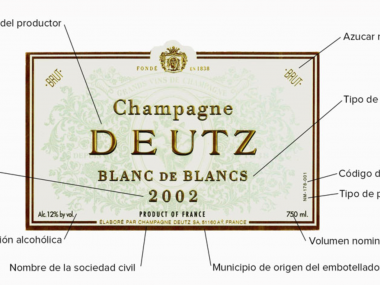The first impression we get of a wine is through sight, so we can say that the visual phase takes on great importance. Red wines, as well as white wines and rosé wines, can present a wide range of shades. But what are the factors that determine the color of red wine?
The colour of wine has a great influence on our brain, which is why colour is such an important aspect when it comes to tasting or choosing a wine. This is why more and more blind tastings are carried out, to prevent many people from being influenced by the tone of the wine and being carried away by the taste and aroma.
Factors determining the colour of red wine
There is no doubt that red wines are the most colourful, and it is the anthocyanins and tannins that are mainly responsible. But, do you know which are the main factors that determine the colour of red wine?
There are different factors that can determine the colour of red wine:
- Climate
- Production area
- Grape variety
- Production process
- Course of time
These factors directly influence the exact shade of red wine, and provide really useful information when it comes to knowing the quality of the wine we have in front of us. Let’s analyze each factor individually.
Climate
The climate is an aspect of great importance, since it influences the change of color of the grape. The sun and rain have a great influence on the tone of the grapes, so they determine the amount of polyphenols in the skin and pulp. In other words, wines that have received a greater amount of sun and have been exposed to more rain will have much more intense and deep colours.
Production area
The differences in temperature between day and night, the height of the vineyard or the planning direction are aspects that have a great relevance in the tone of a wine.
Grape variety
Depending on the variety cultivated, we can find wines with more vivid and intense colours or softer and lighter ones. Some of the grape varieties with stronger tones are Cabernet Sauvignon, Garnacha Tintorera, Tempranillo or Syrah. On the other hand, if we focus on varieties with softer tones we can highlight the Garnacha Tinta or the Pinot Noir.
Elaboration process
It is not the same when a wine is young and is quickly bottled, as these wines usually have very lively and intense tones that look purple or violet. However, those wines that are aged in barrels have reddish or cherry tones.
Course of time
When the ageing of wines, either in the bottle or in the barrel, is prolonged in time, the colour usually loses intensity. In other words, the passage of time can also influence the colour of the wine.
Now that you know which factors determine the color of red wine, you will be able to know many important details of each wine only by observing its shade.






